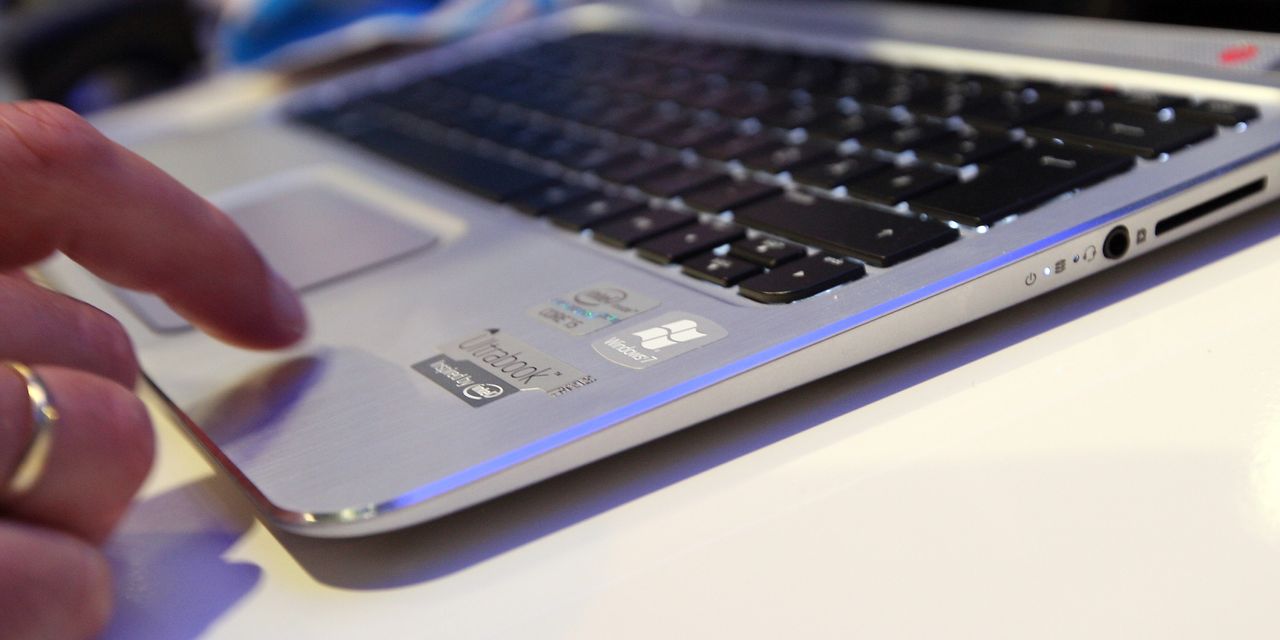HPInc.
posted its lowest quarterly revenue since the start of the pandemic, reflecting continued weakness in the personal computer market. But the PC maker said it sees market conditions improving in the second half of the year, and HP laid out a future in which it plays a key role in the emerging artificial intelligence market.
“We’re delivering on what we said,” CEO Enrique Lores said in an interview with Barron’s. “We were clear that we would focus on things we can control—and invest in the business to drive innovation and long-term growth.”
HP (ticker: HPQ) is working on a “new PC architecture” that would be capable of running AI workloads without use of the cloud, Lores said. Most AI services now rely on cloud computing. But Lores says running AI locally will reduce latency and improve security, since you won’t necessarily be sharing data with a third party. Lores said the first PCs of that variety should start to appear in 2024.
“If you are a small business you will want to use AI to leverage private data,” he said.
Lores added that HP has been working on the new architecture with key chip providers, including
Advanced Micro Devices
(AMD),
Qualcomm
(QCOM), and
Nvidia
(NVDA).
In premarket trading Wednesday, HP Inc. shares were off 5.6%, to $29.19.
PC demand soared during the pandemic years, but has since cratered back to prepandemic levels. Lores said he expects full-year global PC demand to be in the range of 250 million to 260 million units, about where it was before the pandemic. With many offices and schools shuttered during the pandemic, PC demand globally was running about 100 million units higher than that.
For the fiscal second quarter ended April 30, HP reported revenue of $12.9 billion, down 21.7% from a year ago. Street consensus estimates had called for $13.1 billion. The quarterly total is the lowest since the April 2020 quarter, at the very start of the Covid-19 pandemic.
Non-GAAP earnings were 80 cents a share, in the middle of the guidance range of 73 to 83 cents a share, and above the Street consensus at 76 cents. Under generally accepted accounting principles, or GAAP, the company earned $1.07 a share, above the guidance range of 40 to 50 cents. The company noted that the higher-than-expected GAAP results largely reflect a $550 million noncash gain related to tax planning.
The revenue shortfall came in the Personal Systems group, the company’s PC business, which had sales of $8.2 billion, down 29% from a year ago, and about $200 million shy of the Street consensus view. The company said total units were down 28%, with consumer off 34% and commercial down 23%. But Lores said the company has made considerable progress on reducing excess channel inventory, a process he said should be completed in the July quarter.
Printing revenue was $4.7 billion, down 5% from a year ago, but a little ahead of the Street consensus at $4.6 billion.
For the July quarter, HP sees non-GAAP earnings of 81 to 91 cents a share, bracketing the Street consensus at 85 cents. On a GAAP basis, the company expects earnings of 61 to 71 cents a share. HP notes that the non-GAAP estimate excludes 20 cents a share in restructuring and related charges. Recall that late last year, HP announced a cost-cutting plan which includes reducing staff by 4,000 to 6,000 jobs over three years. HP doesn’t provide revenue guidance, although Street consensus calls for $13.6 billion.
For the October 2023 fiscal year, the company narrowed its forecast range for non-GAAP earnings to $3.30 to $3.50 a share, from $3.20 to $3.60 previously. HP boosted its full-year GAAP forecast range to $2.91 to $3.11 a share, up from $2.22 to $2.62 a share. HP said it continues to expect full-year free cash flow of $3 billion to $3.5 billion. The company noted that full year non-GAAP earnings excludes 39 cents a share in one-time charges.
Once an aggressive buyer of its own shares, HP didn’t buy back any stock in the quarter. Lores said HP is at the top of its target leverage ratio, but that he expects HP to start buying back stock again in the fiscal fourth quarter.
Write to Eric J. Savitz at [email protected]
Read the full article here




